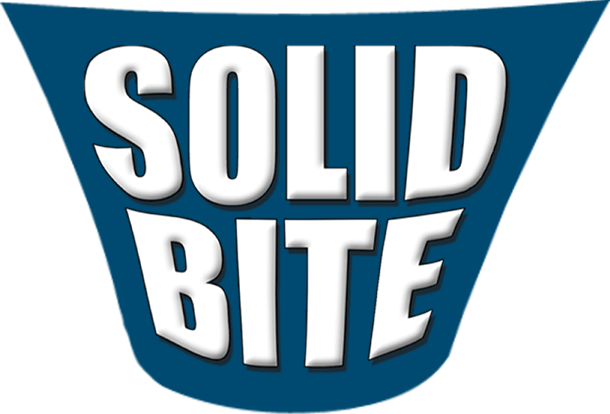What to Look for in a Dental Examination
There is no shortage of new, innovative, dental techniques to enhance your dental experience, your ability to chew, and your smile. But today, let’s get back to basics and talk about what you should look for in a dental examination.
We grew up understanding that if there is a cavity, it needs to be fixed. This is “single-tooth” dentistry. However as we’ve grown older, we may have lost teeth, crowned teeth, broken teeth, had gum disease, gum recession, etc., etc. Changes in tooth relationships occur as a result. It’s for those reasons that our dental examinations should be more detailed. A full oral care plan should be developed even if it may be months or years before you complete the plan. A good plan can save money and help preserve your dental health.
Here’s a checklist of my recommendations:
- A full periodontal examination including periodontal probing, gum recession, thickness of the gum tissue, and tooth mobility
- A full dental examination which looks at tooth decay, worn fillings and crowns that may be leaking, cracks and microfractures, and loss of enamel at the gum line.
- Full mouth dental x-rays. I want to be a bit careful here. Dental radiation for these x-rays is extremely small. However, it is still radiation. The more your disposition to dental disease, the more important x-rays become.
The three examinations above should give you and your dentist an understanding as to the long-term risk for each tooth. After all, you don’t want to spend a lot of money on a tooth that has a high risk of being lost.
□Bite relationship. Not only should you know how your teeth line up, you should also know which teeth touch and which teeth don’t. For the most part, all teeth should touch when you close your mouth.
□Joint and muscle assessment. Does your jaw pop or grind when you open or close your mouth. Why? And what can be done to reduce the chances of more joint damage.
□Study models. For complex cases, impressions are made of your teeth and models of your mouth made so that your dentist can look at your mouth from every different direction.
The more complex your case, the more these diagnostic elements are important. Specialized diagnostic instruments to test the vitality of the nerve of the tooth, or specialized x-rays such as the Cone Beam CT Scan which provides a three dimensional view of your bone may also be indicated.
The relatively small cost in doing a good, careful, diagnostic evaluation can easily be saved in the treatment planning process that you and your dentist make together. A little bit of planning can go a long way toward decreasing your costs and improving your results in effective, comprehensive dental treatment.
Lee N. Sheldon, DMD




